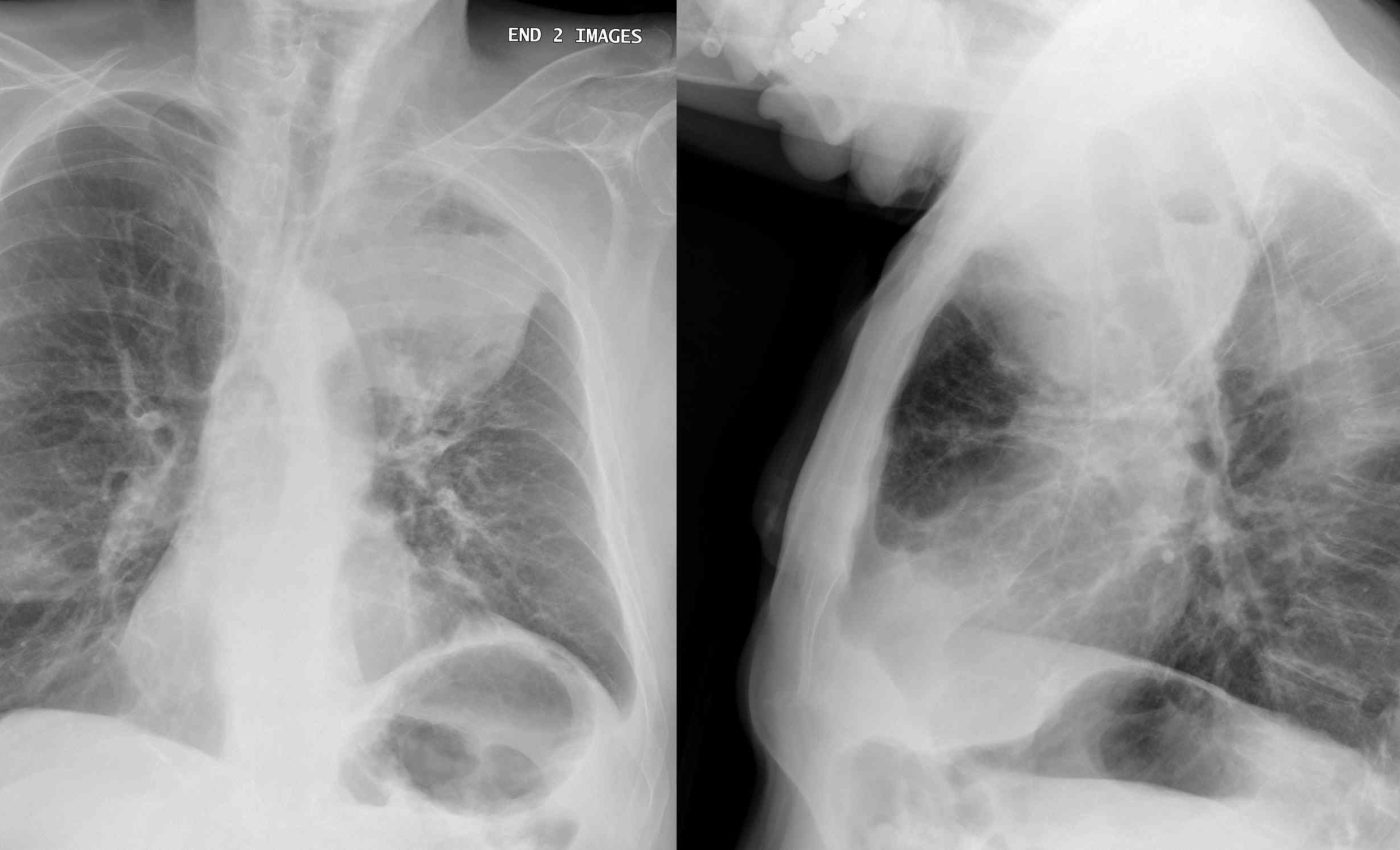
New cancer treatment uses two bacteria species without help from the immune system
Cancer treatments that lean on the body’s defenses can fail when those defenses are weak. A research team in Japan reports a different path, a living therapy that does its job without calling in immune cells.
Seigo Iwata from the Graduate School of Advanced Science and Technology at Japan Advanced Institute of Science and Technology in Nomi, Japan (JAIST) was the first author of this new study.
His team reported that giving the bacterial consortium intravenously caused complete tumor remission, extended survival, and showed no signs of systemic toxicity or cytokine release syndrome (CRS).
What makes this therapy different
The therapy uses two species that act together, a consortium of Proteus mirabilis, called A-gyo, and Rhodopseudomonas palustris, called UN-gyo. The pair are delivered by vein in a defined ratio that remains stable in the lab and then shifts inside tumors.
The work was led by Eijiro Miyako at the Japan Advanced Institute of Science and Technology. His team collaborated with Daiichi Sankyo and the University of Tsukuba.
A-gyo is not the same as ordinary P. mirabilis strains found in clinics. It lacks key pathogenic gene factors and shows reduced motility, details that help it live in tumors without causing systemic infection.
UN-gyo, a photosynthetic bacterium, acts like a regulator when it coexists with A-gyo. It tempers harmful behavior while boosting the pair’s tumor selectivity and potency.
Fighting cancer with bacteria
The initial mix is about 3 percent A-gyo and 97 percent UN-gyo. Inside the tumor this balance flips toward A-gyo, approaching 99 percent, which coincides with a burst of tumor killing and local vascular collapse reported in mice.
Within 24 hours of injection, treated tumors darken as blood clots form in tumor vessels, a process called thrombosis.
Microscopy shows platelets and fibrin inside those vessels, along with widespread tumor cell death, as documented by the authors.
The bacteria also grow inside tumors and form biofilm, a dense community that clings to tissue.
A-gyo changes shape under tumor metabolites, elongating into fibers that move and penetrate, which supports direct oncolysis alongside the vascular shutdown.
Why immune independence matters
People on chemotherapy or radiation are often immunocompromised, which limits the value of treatments that rely on T cells or antibody responses.
Unlike checkpoint inhibitors, which work by lifting brakes on immune cells, A-gyo and UN-gyo act even when those cells are scarce.
Clinicians tried live bacteria to treat cancer more than a century ago. A modern review outlines that history, including William Coley’s early work, and explains how today’s efforts typically aim to recruit immunity.
The A-gyo and UN-gyo approach stands out because it achieves tumor clearance in immunodeficient mouse models (IMM).
That includes models lacking T-cells or both T and B-cells, a hard test for any therapy that needs immune backup.
What the data says
A single intravenous dose shrank tumors fast, and a two dose schedule, a low priming dose followed by a high dose, produced complete responses in multiple mouse cohorts.
Human tumor xenografts, including colorectal, ovarian, and pancreatic lines in mice, showed strong control under the same regimen.
Cytokines rose after dosing, but the team reports no cytokine release syndrome (CRS) at the effective doses they used.
The absence of systemic toxicity and the compatibility with antibiotics that can clear the bacteria add practical safety rails.
Gene expression data point to increased bacterial demand for iron inside tumors. That is notable because cancer cells depend heavily on iron for growth, and reducing iron availability can slow them.
Safety signals and open questions
At very high doses, animals died, but the pattern suggested the problem was not runaway infection. Evidence pointed to excessive clotting and inflammatory signaling at those levels, which informed the safer two dose plan.
Heparin, used clinically as an anticoagulant, also has anti-inflammatory properties.
A comprehensive heparin review documents those effects in animals and some human settings, which is relevant to interpreting the dosing window in this bacterial therapy.
Because the bacteria remain sensitive to standard antibiotics in the lab, physicians could have a post treatment off switch if needed. That feature, while not a cure all, addresses a key concern with any live microbe therapy.
Starving cancer tumors with bacteria
Cutting off a tumor’s blood supply is a long standing strategy. Targeting clotting to tumor vessels has been tested with protein based tools that trigger local coagulation.
This approach highlights how shutting vessels can collapse a tumor from the inside.
Here, the bacteria appear to trigger thrombosis inside the tumor while also lysing cancer cells directly.
The combination yields necrosis that spreads through the mass, which explains the darkening and rapid volume loss seen after dosing.
The selective effect on tumor vasculature, rather than healthy vessels, is crucial. The data indicate that the tumor microenvironment makes that selectivity possible, and that UN-gyo helps keep A-gyo’s behavior in check outside the tumor.
Cancer, bacteria, and future treatment
Translating a live bacterial therapy into the clinic will require careful staging. Large animal studies, manufacturing controls, antibiotic rescue plans, and clear criteria for dosing will be essential.
The biology also invites combination testing. If the pair can debulk solid tumors by collapsing their vasculature and lysing cells, that could set a stage for radiation or chemotherapy to clean up residual disease.
The authors report complete responses and prolonged survival in several models, but people are not mice.
Differences in human tumor architecture, immune background, and microbiome will matter, and those variables should be mapped early in development.
The study is published in Nature Biomedical Engineering.
—–
Like what you read? Subscribe to our newsletter for engaging articles, exclusive content, and the latest updates.
Check us out on EarthSnap, a free app brought to you by Eric Ralls and Earth.com.
—–













